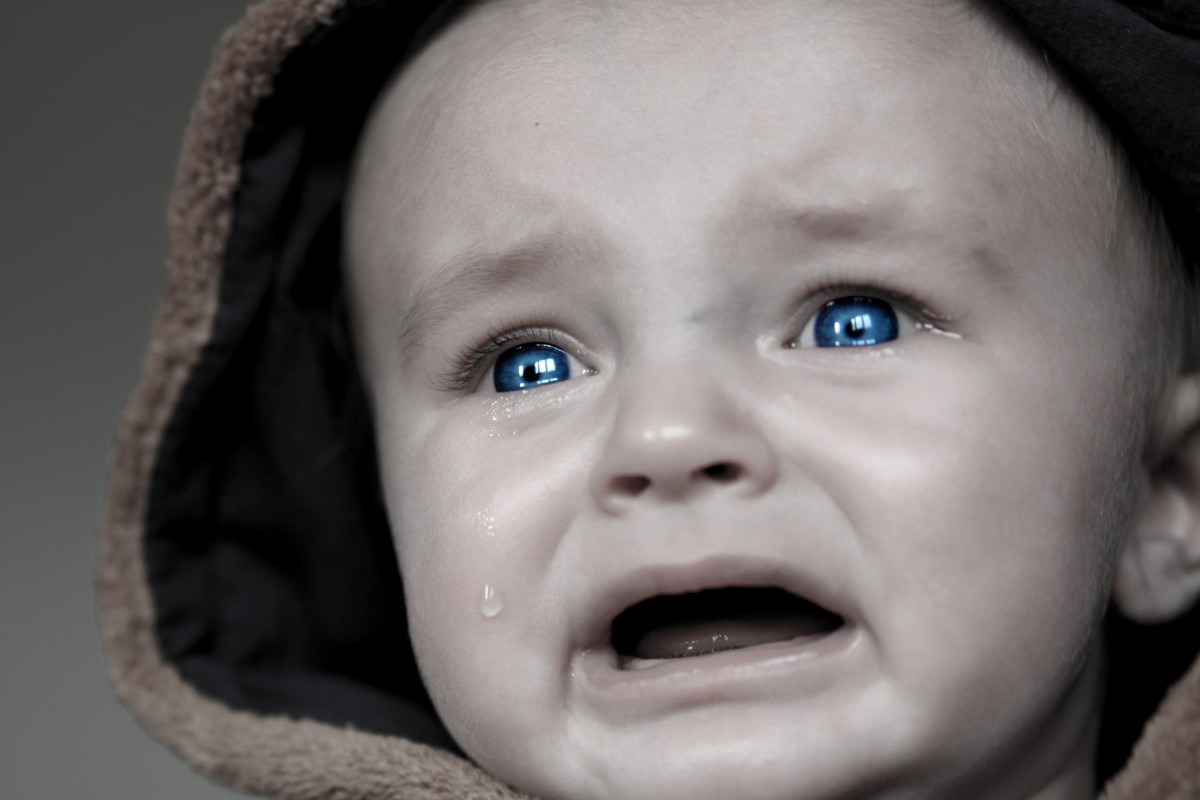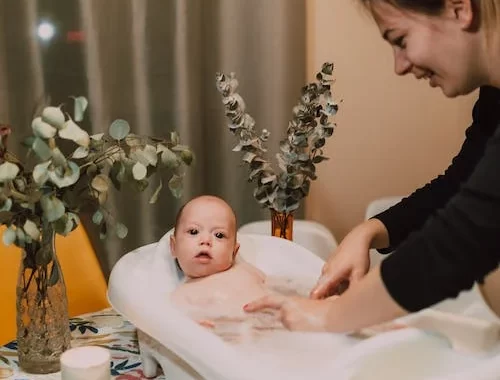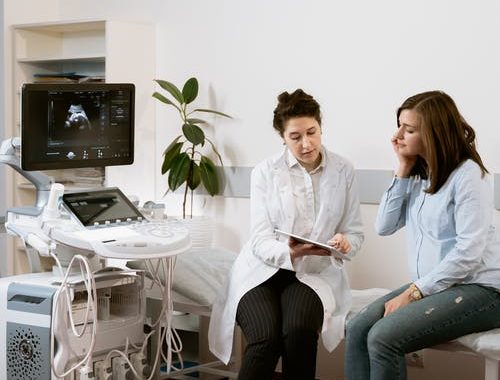
How Can I Treat Baby’s Febrile Seizure
How Can I Treat Baby’s Febrile Seizure
Summary
– Step 1: Recognize a Febrile Seizure
– Step 2: Stay calm and focused
– Step 3: Place the child in the Lateral Position of Safety (LPS)
– Step 4: Find and monitor the child
– Step 5: Call Emergency Medical Services (EMS) in case of a complex seizure
– Step 6: Follow the right reflexes after the seizure
Febrile seizures are frightening and cause many parents to lose their composure and fear for their child’s life. In reality, they are often harmless.
However, knowing what to do in the event of a febrile seizure is helpful so that you can be prepared and react appropriately.
1. Spot a Febrile Seizure
The first step in responding to febrile seizures is to recognize them.
Febrile seizures can be recognized by:
– the presence of a fever higher than 40°C;
– uncontrolled spasms and tremors of the whole body alternating with phases of hypertonia (general muscle stiffness lasting a few seconds) and hypotonia (complete relaxation of the muscles);
– a loss of consciousness lasting an average of 2 minutes;
– Revulsed eyes;
– Burning skin.
Note: usually, the baby (usually between 12 and 18 months) falls asleep deeply as soon as the seizure is over.
2. Stay calm and focused
The first thing to do in the event of a febrile seizure is to stay calm and focused, so you have the presence of mind and clarity to do the right thing.
In more than 90%, seizures will stop on their own within minutes and leave no after-effects (called “simple” seizures).
3. Place the child in the lateral position of safety (LSP)

Generally, the child will not stay in LSP (lateral position of safety). If this is the case, put the child in this position once the seizure is over:
– Quickly check that the child has nothing in his or her mouth.
– Lay the child on his or her side.
– Place the head slightly lower than the rest of the body to avoid choking, mainly if vomiting occurs.
4. Uncover and monitor the child
– Loosen clothing and uncover the extremely hot child due to high fever.
– You can apply a wet glove to the child’s forehead.
– Monitor the child for bumps and injuries (remove surrounding objects).
– Support the child’s head.
– Stay by your child’s side and do not restrict his or her movements.
5. Call the emergency services in case of a complex crisis
There are two options next:
– If the convulsions last only a few minutes and the child calms down within 10 minutes, it is not necessary to call the SAMU.
– On the other hand, call the EMS if it is a “complex” seizure:
o The seizures last more than 5 minutes, or the child takes more than 10 minutes to recover.
o Your child’s breathing is difficult.
o Cyanosis (lips and hands turn blue)
o Multiple seizures occur in as little as 24 hours.
o Paralysis follows the seizures.
o Only one part of the body is affected (left or right only) by the seizures.
6. Adopt the right reflexes after the seizure
If the seizure was temporary:
– Give the child a warm shower.
– Air out the room.
– Have the child drink.
Caution: In all cases, prevention is better than cure. Make an appointment with a doctor to determine the cause of the fever and treat the child.
Hope febrile seizure never happens to a baby. If this happens, the above tips should help you care for your baby.
You May Also Like

5 Rules to Promote Pregnancy
2022-08-31
4 Steps to Bath Baby
2022-10-18


One Comment
Pingback: